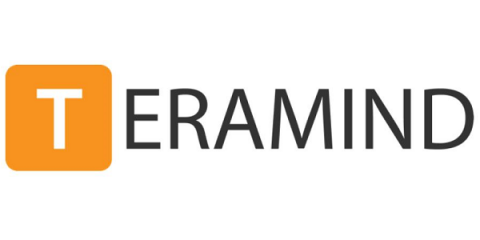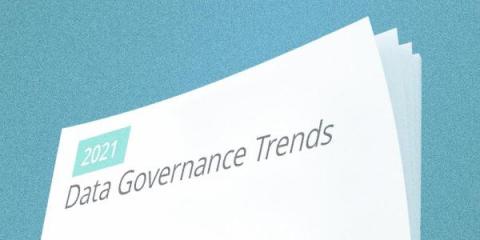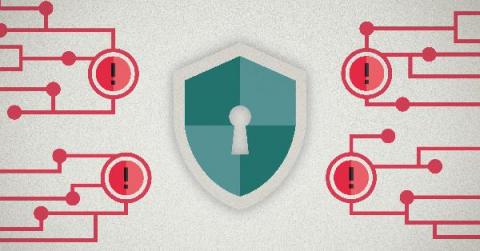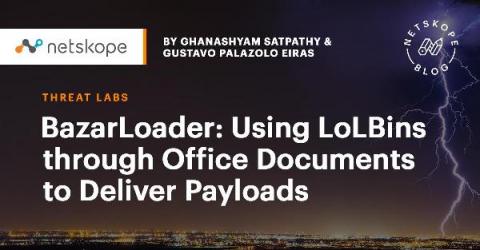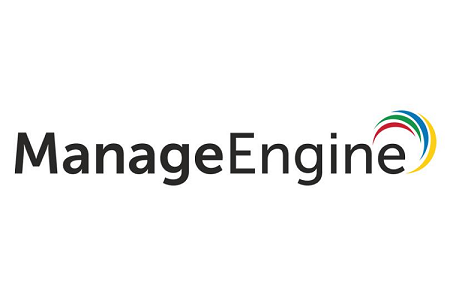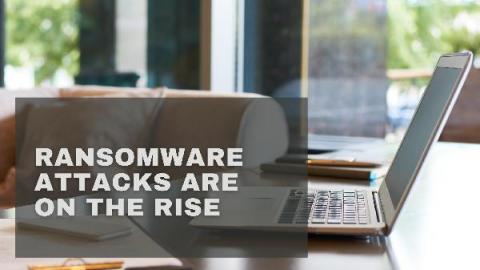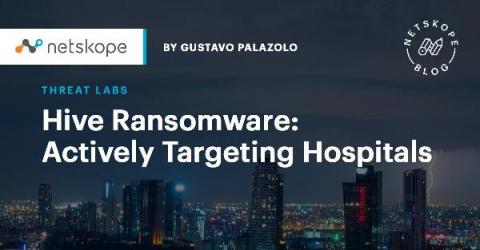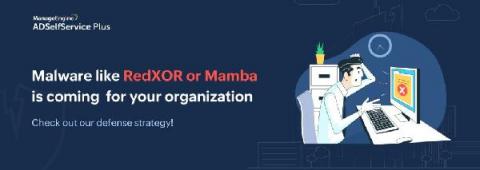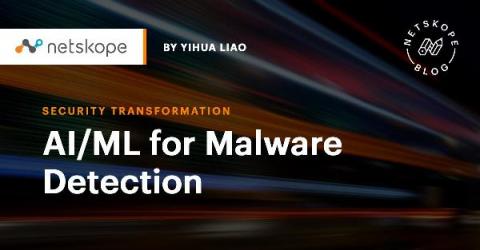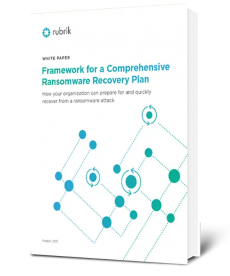What The Worst Attacks Of 2021 Can Teach Us On The Future Of Ransomware
Despite the steady drumbeat of hacks that are reported on a nearly weekly basis, it is safe to say that cybersecurity is still far from a “top of mind issue” for most people. Massive data breaches like Equifax, Marriott, and many, many more are chalked up to being yet another part of the modern life. While each of those cybersecurity incidents was quite serious in its own right, for the public whose data were compromised, they represented more of an inconvenience than a serious concern.


